Recently, Russia's Rosatom nuclear technology corporation released a new batch of declassified documents related to the early development of the nuclear industry in the Soviet Union.
After more than seven decades, Rosatom has released the files of the first German experts who worked on the development of atomic weapons under Nazi leader Adolf Hitler and later helped Soviet scientists build the atomic bomb.
Among the published papers are six German physicists who won the Nobel Prize (for their discovery of the laws of electron-atom collisions): Gustav Hertz, Nikolaus Riehl, Manfred von Ardenne, Peter Thiessen, Heinz Pose and Georg Robert Döpel.
After completing the project, many scientists were allowed to return to their home countries and continue their careers after pledging to keep it a secret for at least 25 years.
The physicists were removed from Germany in 1945, shortly after the Special Commission on the Use of Atomic Energy was established in the Soviet Union on August 20, 1945, by order of Joseph Stalin.
The committee was headed by Lavrenty Pavlovich Beria.
As of July 1948, there were 324 German experts participating in the Soviet atomic project, of whom 216 were prisoners of war.
Of the total number of German experts, about 50 are professors and doctors of science, most of whom work on contract.
By the end of 1946, the Soviet Union established the first unified nuclear center called Arzamas-16 in the Nizhny Novgorod region.
In 1947, with the help of the German scientists listed above, the Soviet Union created its first nuclear reactor and two years later tested the RDS-1 atomic bomb at a test site in the Semipalatinsk region (present-day Kazakhstan).
All of the above facts are well known. However, observers note two points from the newly released documents: first, German physicists left Germany not after the establishment of the Atomic Project Committee, but two months before.
Second, one of the most important players in the Soviet nuclear weapons program was none other than a Russian-born German named Nikolaus Riehl (1901-1990).
There are so many surprising and coincidental details in this man's biography in the newly released documents that it would be enough to write a detective novel.
Nikolaus Riehl was born in St. Petersburg on December 5, 1901, into a family of German-Jewish descent.
His father, Wilhelm Riehl (1867–1933), born in Hamburg, worked as an engineer at the electrical engineering firm Siemens und Halske in St. Petersburg from 1884 to 1917.
His mother, Elena Kagan (1872-1927), came from a family of Jewish doctors, and converted to Christianity after her marriage. According to the baptismal register, the newborn Riehl was "baptized on June 3 in the Prince Vladimir Cathedral" and was given the name Nikolai during this ceremony.
Why he was baptized not on the 40th day as was the custom in Russia, but much later, history remains silent.
As a child, Nikolai Riehl, like many other children in St. Petersburg from German families, attended the famous German Petrischule, where he graduated in 1919.
From 1920 to 1926 he studied at the Petrograd Polytechnic Institute of Emperor Peter the Great (later the Leningrad Polytechnic Institute named after MI Kalinin). Then began what we would call an amazing turn in the fate of the future scientist.
According to documents, within the framework of German-Soviet cooperation, Nikolai (in the documents his name is Nikolaus) was selected to study nuclear physics and chemistry for several semesters in Berlin, at the university named after the Prussian King Friedrich Wilhelm III.
The documents do not mention why the young man was selected and sent to study in Germany. Was it because both his mother and father moved to Germany at the end of World War I? Or did the fact that Nikolaus spoke fluent Russian and German play a role? Most likely, the answer lies in other unreleased documents from Russian intelligence.
Nevertheless, in 1927 Nikolaus defended his doctoral thesis in radiochemistry at the Institute for Cultural Research in Essen on the topic “Use of the Müller-Geiger counter for the measurement of beta radiation spectra.”
His scientific mentors were the Jewish nuclear physicist Lise Meitner and the German radiochemist Otto Hahn (who won the 1944 Nobel Prize in Chemistry).
Scientist Nikolaus Riehl.
In 1933, Nikolaus married 19-year-old Lisa Przubula, daughter of chemist Franz Przubula and his wife Agnes. At the same time, Nikolaus Riehl's path crossed with the famous German explorer, Baron Manfred von Ardenne mentioned above.
During the Nazi regime, he held a professorship and was one of the key figures in the German Uranium Project. Nikolaus Riehl began working in Manfred von Ardenne's laboratory in Lichterfelde, a suburb of Berlin (today the villa of Folke Bernadotte) in 1933.
Both Professor Manfred von Ardenne and Nikolaus Riehl were associated with the Berlin company Auer-Gesellschaft, which dealt with medical problems. The company was interested in applying Nikolaus Riehl's radiotherapy methods to therapeutic purposes. Such noble motives prompted Nikolaus Riehl to further his research. It was also at this time that Riehl met another radiologist, Professor Karl Zimmer, with whom he maintained a lifelong friendship.
In the foreword to Ten Years in the Golden Cage, Riehl notes: “After the discovery of uranium fission, I became more interested in researching the technology for producing pure uranium for nuclear energy, especially since the Auer-Gesellschaft had extensive experience in similar fields of chemical engineering.”
“My life is like a pendulum swinging between physics and chemistry, between science and technology, between entrepreneurship and research, which is why I sometimes call myself a “department store clerk,” the scientist added.
After the Nuremberg Purity Laws were passed in Germany, racists tested government officials for Jewish ancestry up to the third generation. But for some reason this did not affect Nikolaus Riehl.
In the book mentioned above, only one phrase escaped: “I remember that just a few days after the October Revolution, the Chekists treated me well, while the Gestapo looked at me with contempt.”
From 1937, the goals of scientific funding changed significantly. They were reoriented towards programs related to increasing the fighting capabilities of the German army and creating new types of weapons.
The Auer-Gesellschaft agreed to finance the construction of a fast neutron generator. Such a generator was created with the participation of Karl Zimmer, Nikolai Timofeev-Resovsky and Nikolaus Riehl at the Kaiser Wilhelm Institute for Brain Research in the summer of 1939.
As the nuclear reactor was being built and testing began, the Soviet army advanced on Berlin. The reactor had to be dismantled and transported to another location.
Why were the Germans unable to build atomic weapons in time? The scientist Nikolaus Riehl, who was at the epicenter of those events, gave a very interesting answer: “It is sometimes suggested that many German scientists deliberately or unintentionally slowed down the process, instead of helping the Hitlerite Reich create such a deadly weapon as the atomic bomb. This explanation is not entirely wrong, but it is by no means complete. A researcher with scientific curiosity or an interest in technological innovation could hardly resist the allure of such a project. With more pressure and support from the government, the Germans could have gone further. I believe that the slow progress of the uranium project was mainly due to the relatively weak interest in the project on the part of Hitler and his entourage…”
After that, the campaign to "conquer" atomic scientists in Germany went as planned.
Karl Zimmer was one of the first German physicists arrested by the Soviet NKVD in Berlin.
He was forced to point out Nikolaus Riehl's location in Rheinsberg, where the new layout of the newly relocated pure uranium plant was located.
As Riehl himself recalls, one day two men dressed as NKVD colonels came to see him.
In fact, as he later learned, they were two outstanding Soviet physicists, Lev Artsimovich (who later became famous for his research in the field of thermonuclear fusion) and Georgy Flerov (co-author of the discovery of spontaneous, i.e., non-neutron-capture, fission of uranium).
They invited Riehl to the Soviet garrison headquarters for a ten-minute chat.
Nikolaus Riehl wrote in his memoirs: “The famous physicist Julius Khariton, who wore a very large military cap, looked particularly funny in this respect. Fortunately, he had protruding ears, and his narrow, learned head was not hidden under the cap. Those 10 minutes turned into 10 years.”
Nikolaus Riehl and his staff were again taken to the NKVD headquarters in Berlin, and then, in early June 1945, they were sent to the Soviet Union along with equipment from the uranium processing plant to begin the process of building nuclear weapons for the Soviet Union./.
(Vietnam+)
Source: https://www.vietnamplus.vn/giai-mat-quanh-vu-khi-hat-nhan-than-the-ly-ky-cua-nha-khoa-hoc-bi-an-post1035225.vnp


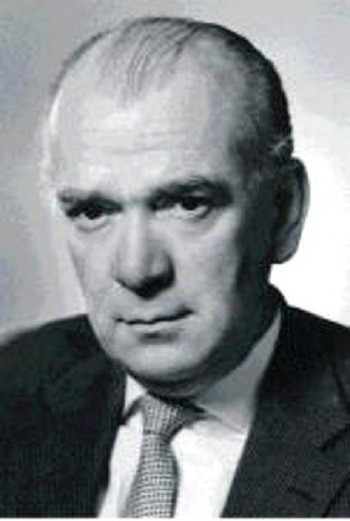

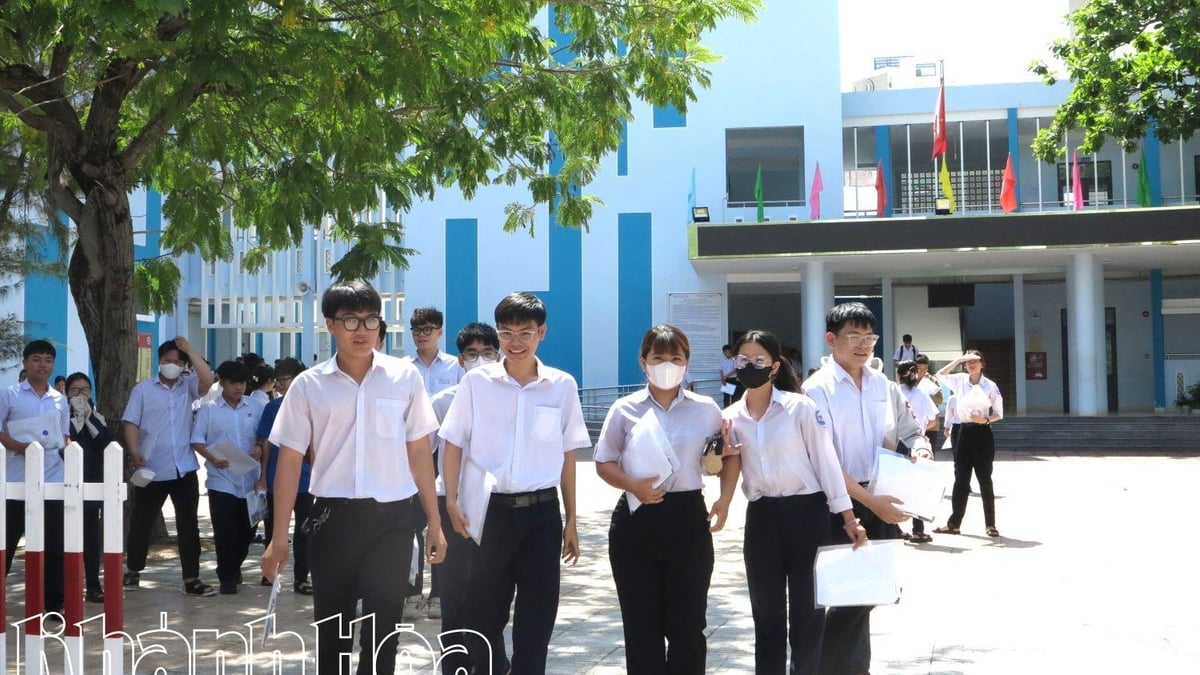
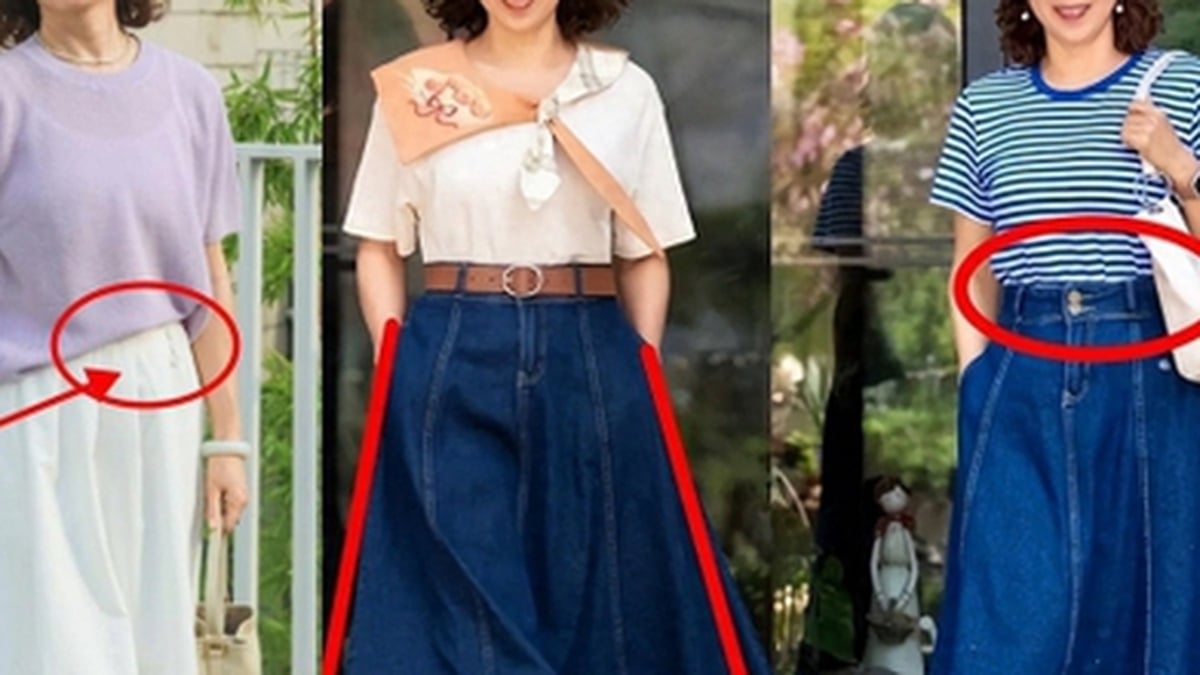
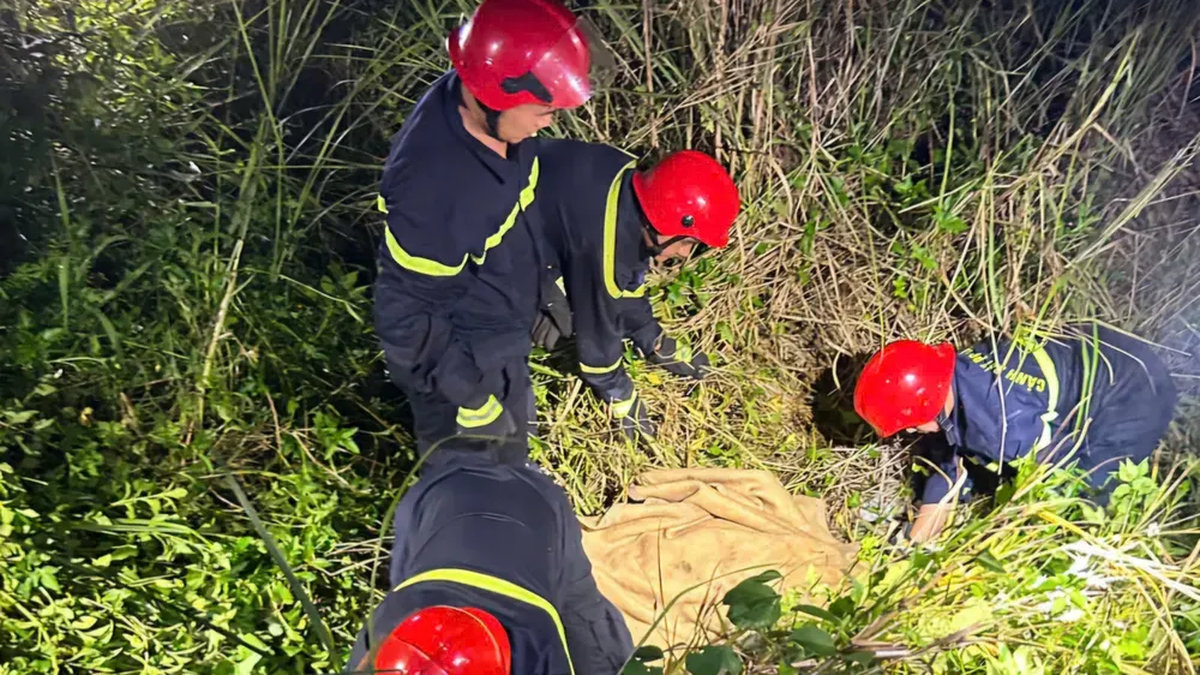
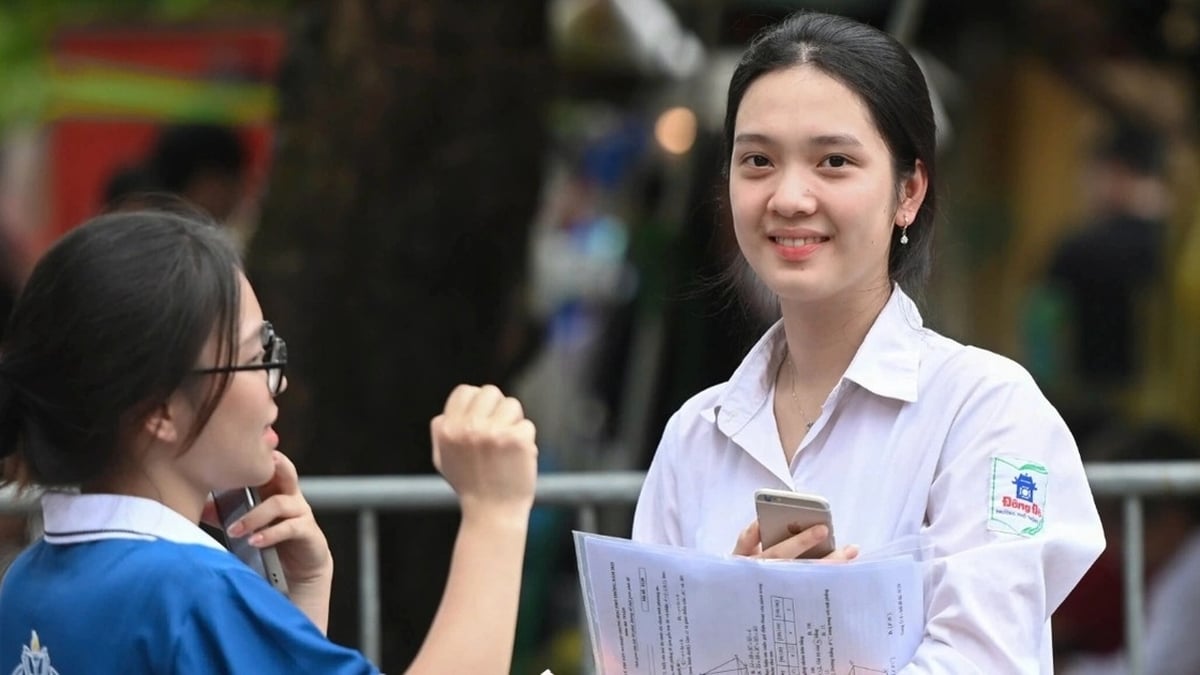
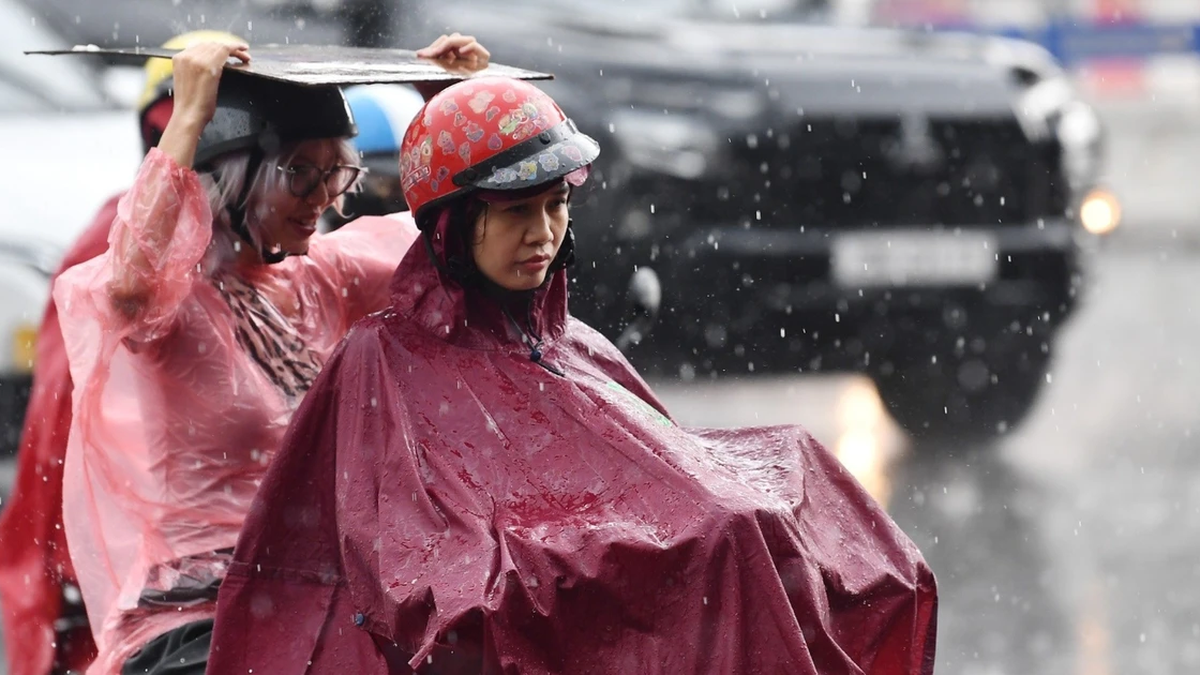

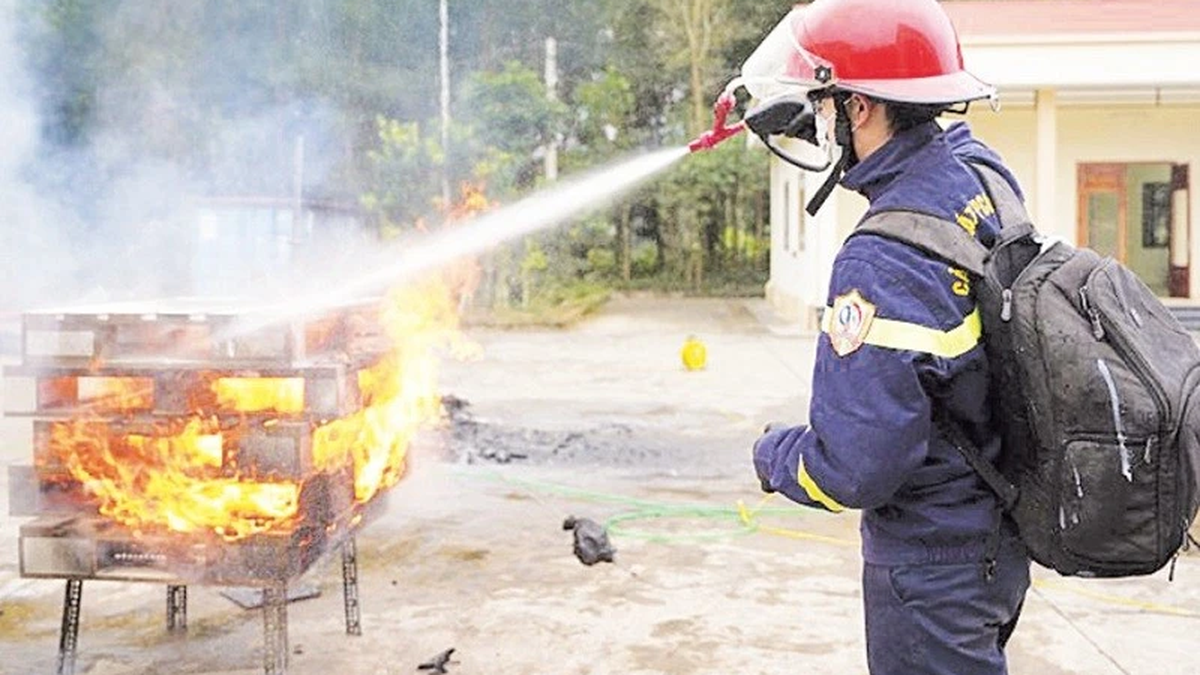

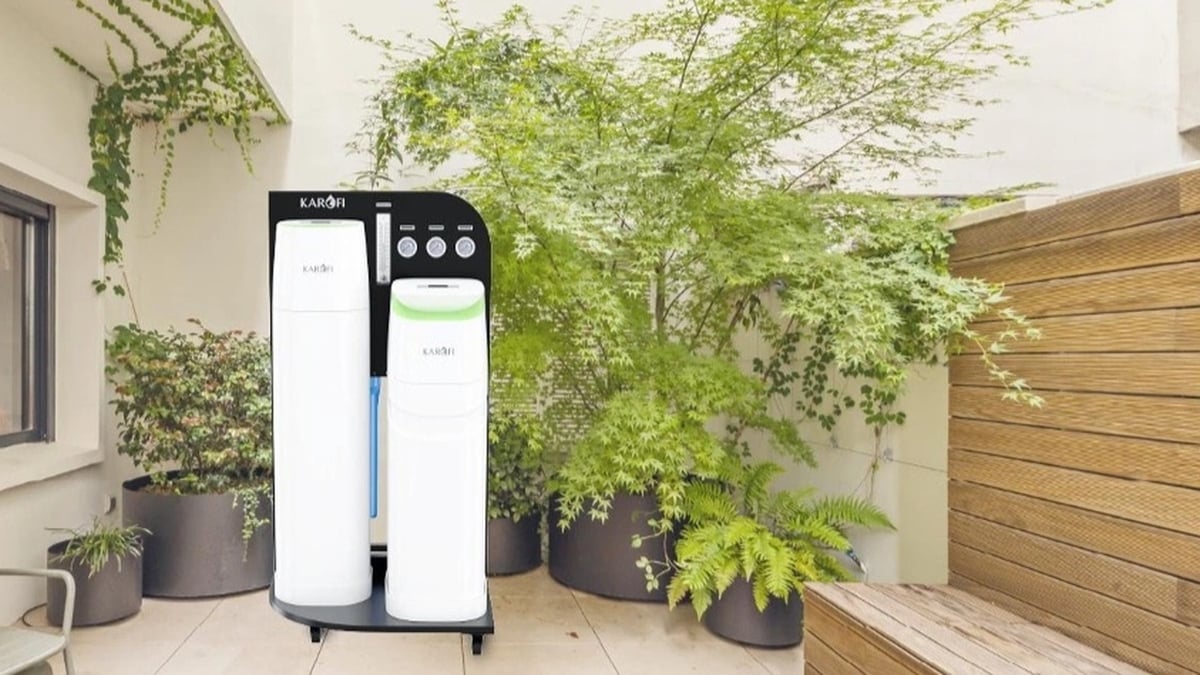









































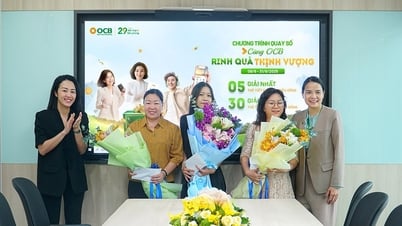

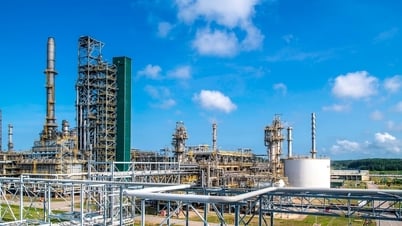



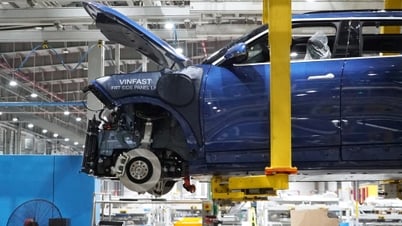



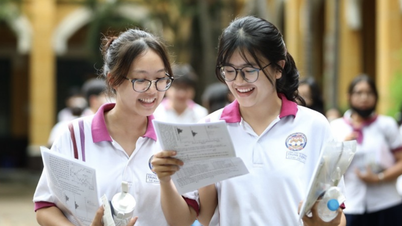
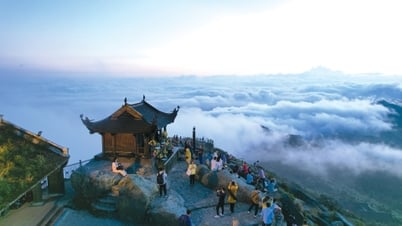


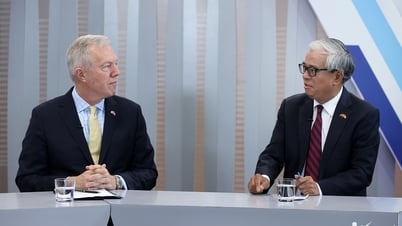
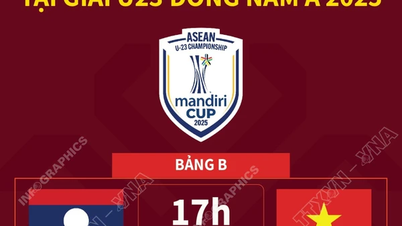
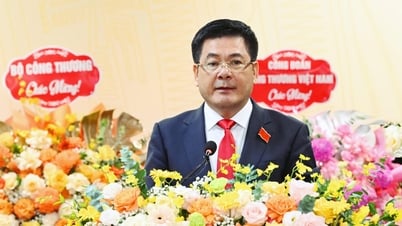

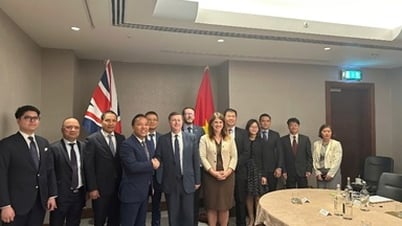
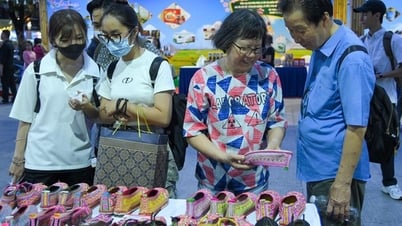

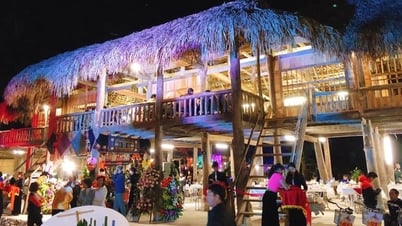
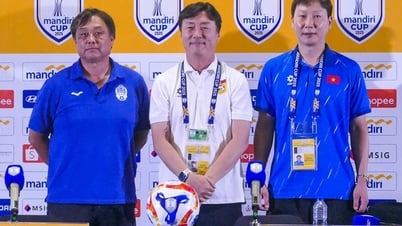
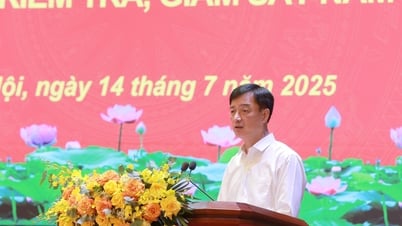





















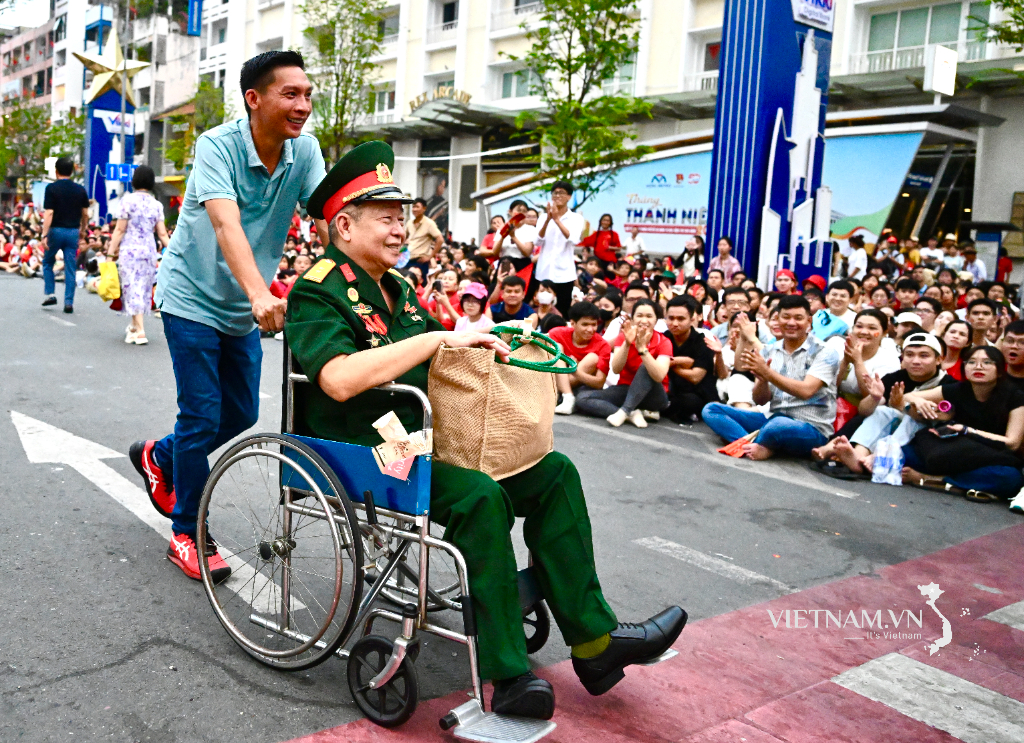
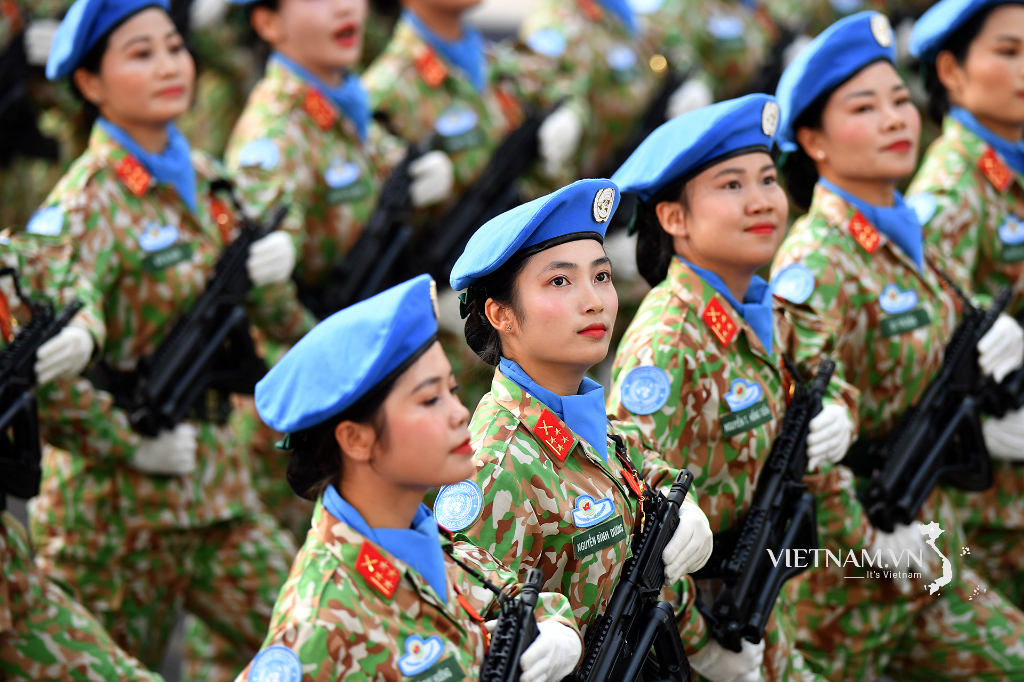

Comment (0)